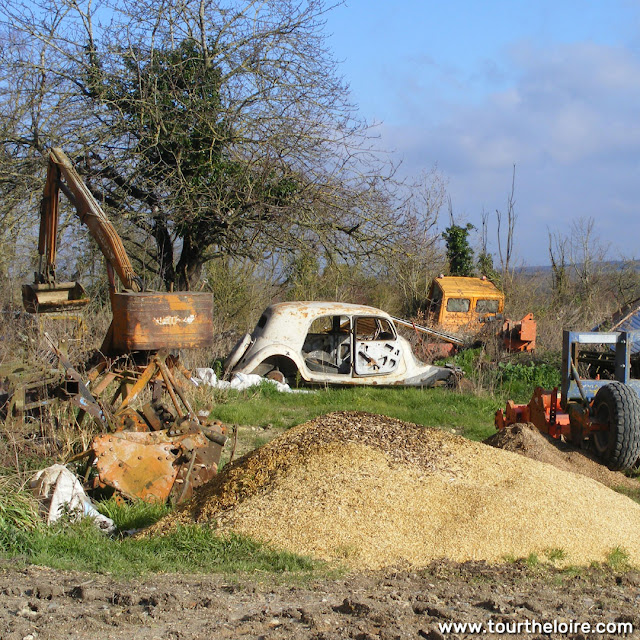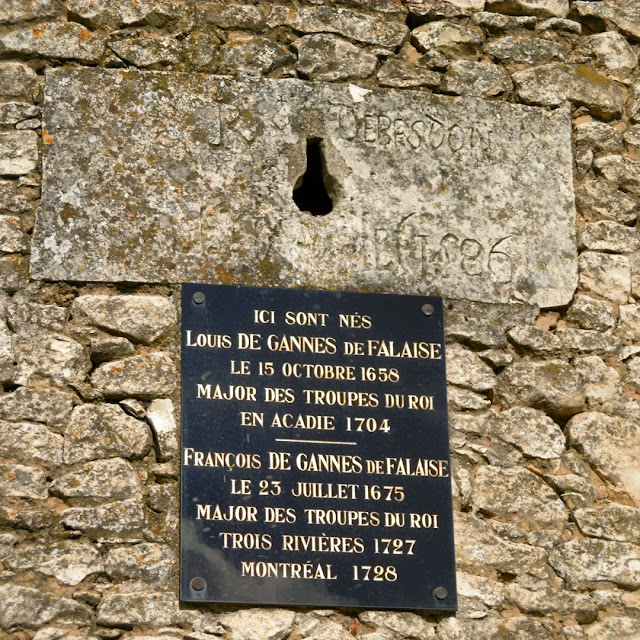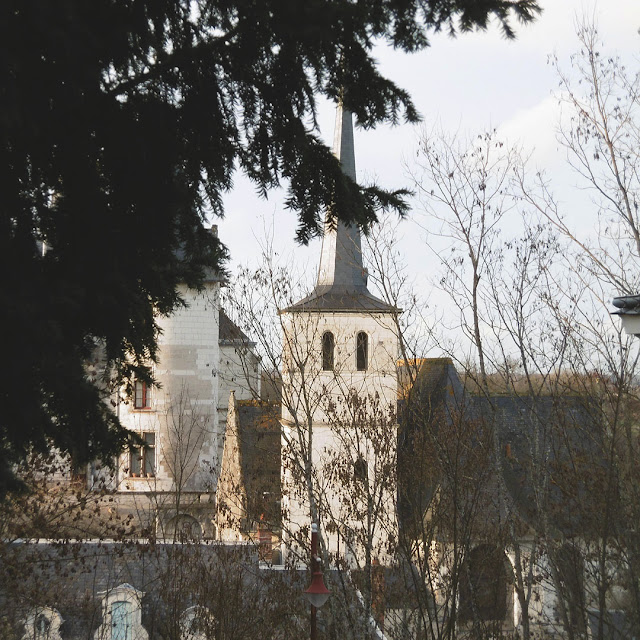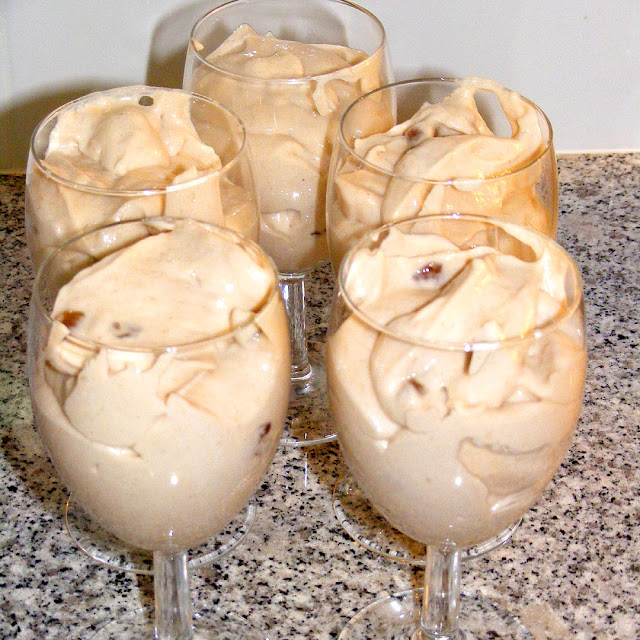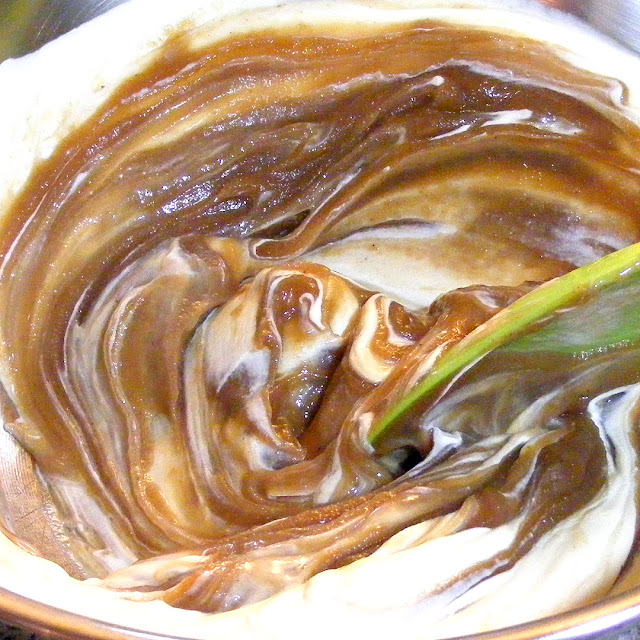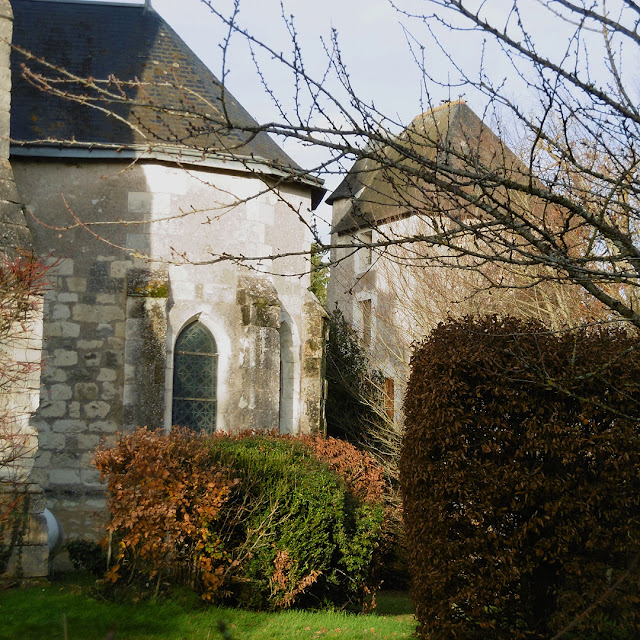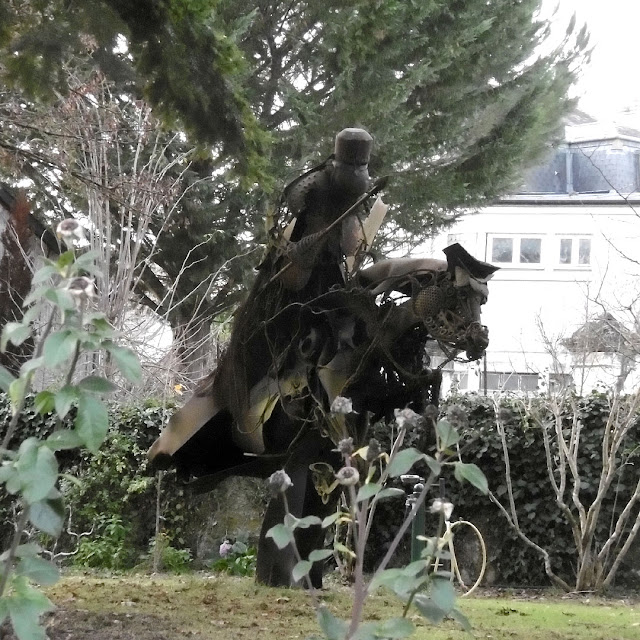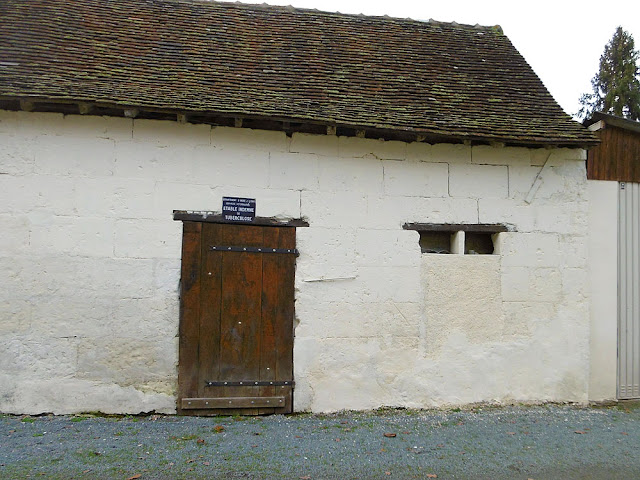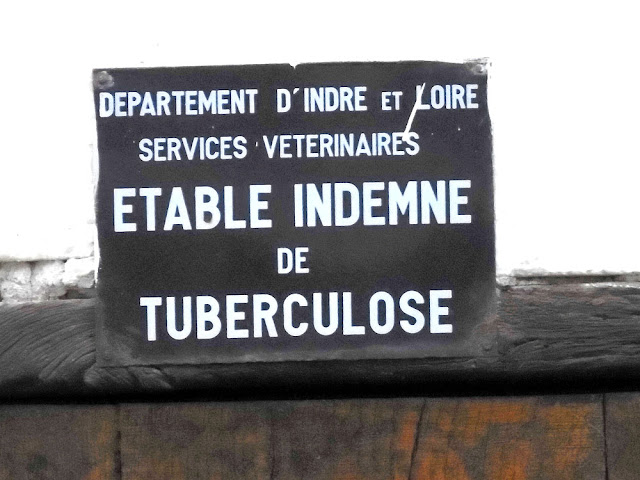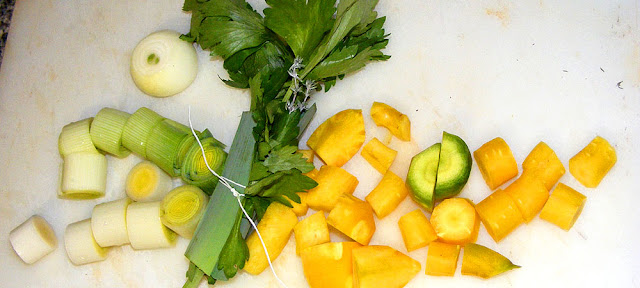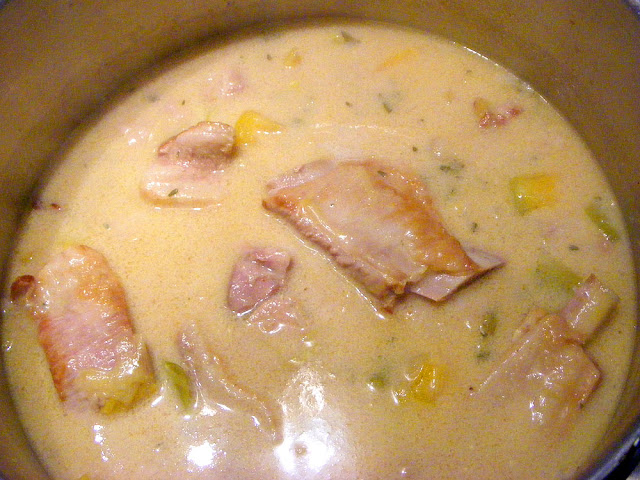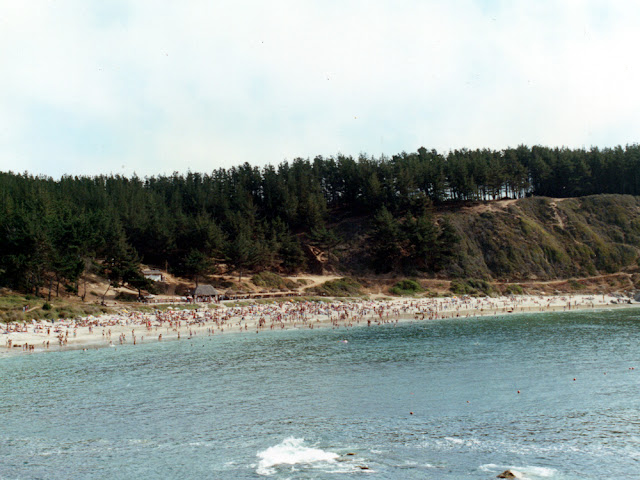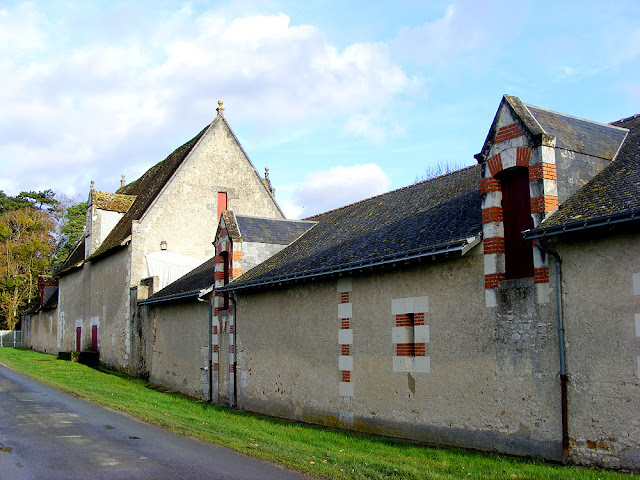There has been a building on the site of La Chesnaye, near Athée sur Cher, since the 10th century, but initially it seems to have been a humble hunting lodge, not a full blown chateau. Joan of Arc is said to have passed through the property with her soldiers in 1429. It is about 20 kilometres from Tours, in an area of forests and vineyards.
 |
Looks like they've just had a delivery of firewood.
|
In 1463 it was owned by Jean du Puy, Squire of Chateauneuf. In 1506 it came into the hands of the Bohier family, who also owned Candé and Chenonceau (Henri Bohier, who owned Chesnaye, was the half-brother of Thomas Bohier, who built Chenonceau). From the 17th to 19th centuries it was passed through a succession of hands and multiple families, and was renovated or partially rebuilt at least twice in that time.
Then in the 20th century it was bought by the Lamothe family, who ultimately gave it to the Sisters of Charity of Saint Vincent de Paul, for a high-end aged care home, which is what it remains today, with 70 residents (including a 16 bed dementia unit) average age 88. It costs from €1731.30 per month to be a resident.
The chateau is huge, with significant Renaissance era elements, the legacy of the Bohiers, but some more medieval elements remain too, with several round towers, and an underground passage from the chapel. The slate roof has many Renaissance dormer windows. As well as the chateau there is a dovecote and a chapel and many other large outbuildings such as the kennels and stables, none of which I was able to photograph from the road as there are too many trees obscuring them. You just get a glimpse, even at this time of year with the trees bare.
Prior to World War I the chateau enjoyed considerable prosperity, with thirty domestic servants, and a dozen gardeners and foresters working there, with regular hunts to keep the owners and their friends entertained. There is still a thriving population of deer living in the estate's woods.
When the Sisters of Charity first saw the building, in 1956, there was building rubble everywhere and the library, drawing, billiards, and dining rooms were packed full to the ceiling with boxes and bundles of stuff. Initially they lived in Tours and commuted every day to Chesnaye to work on clearing it out and making it habitable. Then they brought in furniture from their other establishments in readiness for welcoming the most aged amongst their community. At first there were just a few, but at the maximum occupancy there were 110, and a new extension was added in 1980.
In the beginning the Sisters were very active, but as they slowly aged it became necessary to employ lay people from the village for daily chores. So, little by little, the home was transformed into a normal aged care home and today it is part of the State care system.
The chateau estate is also home to the Cave Cooperative Cellier du Beaujardin, a co-operative of local winemakers. They are open for tastings and direct purchases Tuesday to Friday 9 am to 6.30 pm (with a break for lunch) and Saturday mornings (if you want to be sure of the best experience email them to let them know you are coming and make an appointment if necessary). If you email them your order they will have it ready to collect in half an hour. They encourage visitors to arrive by bicycle, as they are just off the Coeur de France cycle trail. They do a jolly good sparkling, and rosé.
************************************************
For details of our private guided tours of chateaux, gardens, wineries, markets and more please visit the
Loire Valley Time Travel website. We would be delighted to design a tour for you.
We are also on
Instagram, so check us out to see a regularly updated selection of our very best photos.




